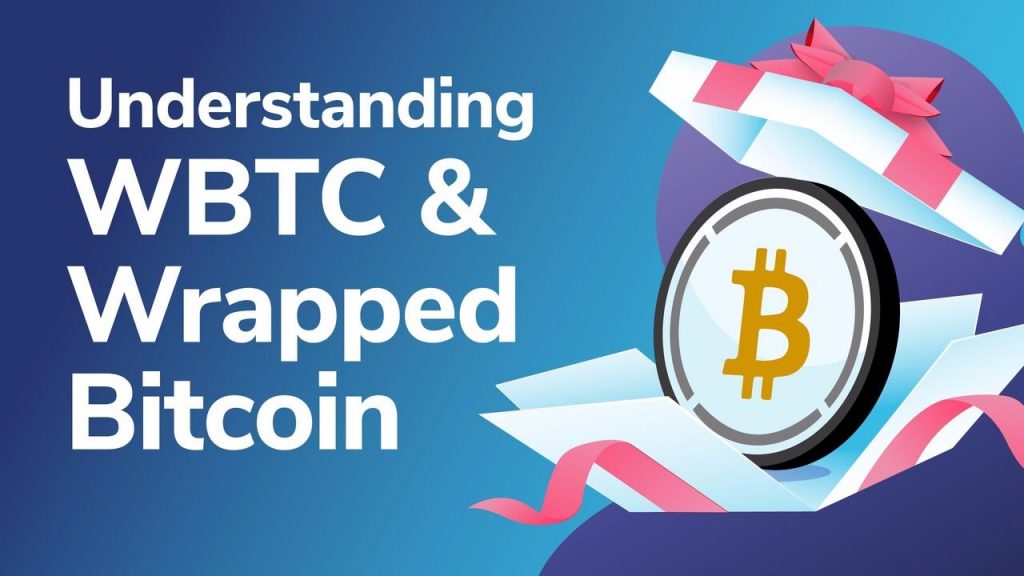
Wrapped Bitcoin (WBTC) is an ERC-20 token with a 1:1 peg to Bitcoin. This means that users can seamlessly convert their Bitcoin tokens to a wrapped version and use them on the Ethereum blockchain. In essence, WBTC succeeds in bringing the liquidity of Bitcoin over to the Ethereum network. So, why should you care? Well, if you’re a Bitcoin hodler, you can now put your BTC to work on Ethereum in places like decentralized finance (DeFi).
Being fully ERC-20 compliant means that WBTC can be integrated into decentralized exchanges (DEXs), lending protocols, prediction markets, and other decentralized applications (dApps). And since its value stays pegged to Bitcoin at all times, traditional Bitcoiners will no longer have to sell their stake for an unknown ERC-20 token that is prone to fluctuate.
The cryptocurrency sector is full of different coins, terms and concepts that can seem strange to a layman. However, there is no need to fret! Ivan on Tech Academy acts as your guide to the crypto industry, and is one of the top platforms to learn blockchain.
Bitcoin’s Background
Bitcoin is huge. Even if you’re new to cryptocurrency, you’ve surely heard of it. But even then, you still may not know that Bitcoin is the first and largest crypto asset in the world. Because of this, Bitcoin has amassed a massive user base and a monster pool of liquidity in the billions of dollars. Sure, traditional financial markets dwarf Bitcoin, but in the world of crypto, it is still the king of market capitalization.

However, with all that largess and brand name recognition, little has changed in Bitcoin’s development since its creation over a decade ago. Sure, their dedicated developers have tweaked and upgraded it, but it’s still pretty standard compared to what’s happening across the aisle.
Let’s face it, the major blockchain innovations are happening over on Ethereum. But putting the rivalry between Bitcoiners and Ethereans aside, the fact is that the overall value of Bitcoin still dwarfs Ethereum.
Yes, the lion’s share of the world’s money hasn’t even found it’s way to cryptocurrency yet. Only a tiny percentage of the world’s population is participating. And with so much of that money already tied up in Bitcoin, it limits how much the new protocols being built on Ethereum can grow.
Bitcoin vs. Ethereum
From the get-go, Vitalik Buterin and the other co-founders designed Ethereum to support more advanced use cases. Solidity (on which Ethereum is built) is a Turing-Complete programming language. In layman’s terms, that means you can do anything with it. That alone makes it vastly different than Bitcoin’s limited framework. The smart contract technology in Ethereum is what gave rise to the exciting new industry known as DeFi.

Ethereum and its derivations can offer its users highly advanced financial instruments that do not rely on centralized, trusted intermediaries. The problem is that Bitcoin and Ethereum are on different blockchains that can’t talk to each other. So, the biggest hurdle for those wishing to capitalize on the other side’s gains, so to speak, is that there is a wide gulf between them.
Ethereum tokens use the ERC-20 standard which is incompatible with Bitcoin’s blockchain—and vice versa.
Bridging the Gap
What the founders of WBTC did was find a way to enable full integration between a Bitcoin-like asset (WBTC) and it’s DeFi counterparts on the Ethereum blockchain. And this invention brought along the riches of the immense liquidity associated with Bitcoin.
That’s because, until tokens like Wrapped Bitcoin, there was no way for a Bitcoin holder to seamlessly participate in DeFi. If they so desired, they would have to spend the time, money, and opportunity costs necessary to move their Bitcoin to Ethereum.
First, they would have to transfer BTC from their wallet to their exchange. Next, they would have to swap it for ETH. Then they would have to transfer the ETH back to their wallet. Finally, they could transfer their ETH to a DeFi liquidity pool.

But even then they might need to first transfer it to a DEX like Uniswap to swap ETH for the various ERC-20 tokens or stablecoins needed to participate in a liquidity pool. It used to be a long arduous task for a Bitcoiner unfamiliar with the ways of Ethereum.
Now, because of the WBTC token, legging into Ethereum from Bitcoin is so much quicker and easier. And WBTC makes it easier on the exchanges as well. Exchanges, wallets, and services that work with Ethereum don’t need to run two separate nodes to accommodate the Bitcoin network. All they need is an Ethereum node to support WBTC.
Are you looking to learn more about Wrapped Bitcoin, DEXs like Uniswap, or blockchain technology in general? There’s a course for that! Ivan on Tech Academy offers countless blockchain technology courses which can take you from zero to blockchain programming hero! Get 20% off when enrolling by using our exclusive promo code BLOG20!
The History of WBTC
WBTC launched in January of 2019. It began as a collaborative project between some big DeFi players and is managed by a group of organizations such as BitGo, Compound, Dharma, Kyber, MakerDAO, Ren, and TokenSets. Their goal is simply to bring more liquidity into the Ethereum network. And with the massive amounts of Bitcoin sitting idly in cold storage wallets, it was a natural market to start harvesting.
The Big Three
So, WBTC wasn’t founded by a bunch of random developers, rather, it is a joint venture primarily between BitGo, Kyber, and Ren, that seek to provide users with a more sophisticated set of financial services.
- BitGo

BitGo is a digital asset custody and trading company. It is also one of the first developers of WBTC and still holds the keys for those looking to mint more of it.
- Kyber Network
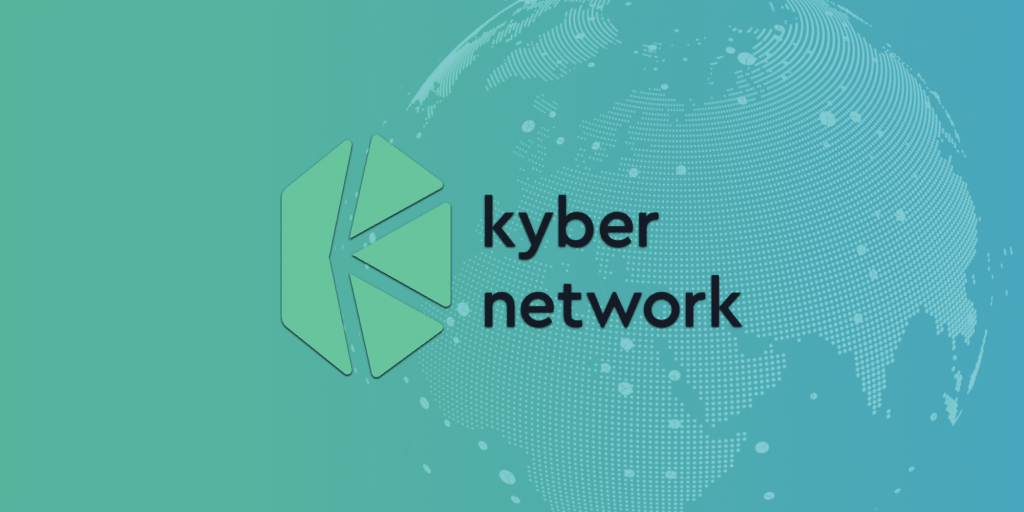
Kyber is an on-chain liquidity protocol. It was founded in 2017 and is based in Singapore which is a veritable, crypto hot spot. The team at Kyber helped create WBTC and still plays a Merchant’s role in the project. We’ll talk about the role of Merchants a bit later.
- Ren

Ren was founded in 2017 and its goal is to develop cross-chain integrations between crypto-assets and DeFi apps.
WBTC’s Mission
Simply put, the mission of WBTC is to get Bitcoin hodlers to join in on some of the exciting financial opportunities available on the Ethereum blockchain.
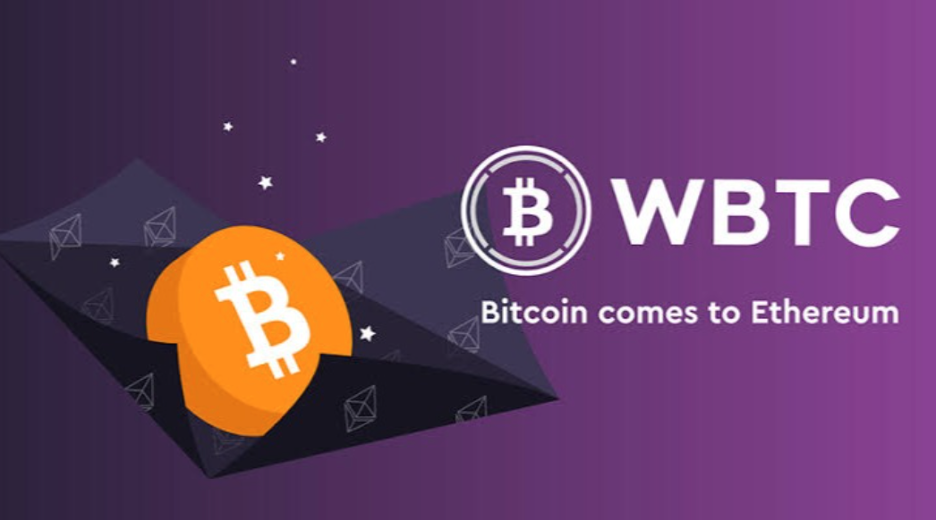
Many DeFi protocols require what’s called over-collateralization. Collateral is necessary to borrow other crypto assets the provided liquidity greases the wheels of the DeFi machine. WBTC allows hodlers to continue holding onto their Bitcoin value whilst also using DeFi apps.
So, the purpose of WBTC is to tap into the high value and liquidity of Bitcoin and bring it over to DeFi. To be clear, WBTC is not Bitcoin. It’s just a way to represent Bitcoin in the Ethereum space. But one WBTC does equal one BTC in value.
WBTC’s DAO
The WBTC Decentralized Autonomous Organization (DAO) manages this project. WBTC does not have the same degree of security and trustlessness as Bitcoin, so the DAO makes sure that it undergoes regular audits.
WBTC also publishes all on-chain transactions. This provides verifications for both the Bitcoin and Ethereum networks. If a user is so inclined, they can independently audit how much of their BTC was sent to the WBTC address on the Bitcoin blockchain. Then they can double-check if those transactions match up with the amount of WBTC tokens created on the Ethereum blockchain.
The goal is to be fully transparent concerning the amount of WBTC in circulation. And to also reassure that their underlying asset, Bitcoin, is securely in their custody. Users can also reverse this process when they burn WBTC to redeem their Bitcoin. They can track it on-chain.
WBTC Merchants and Custodians
The WBTC DAO decides on which changes and upgrades the protocol will undergo. It also decides who gets to be the Merchants and Custodians. Users who want to convert their Bitcoin to WBTC have to first deal with Merchants because their role is to confirm a users’ identity before they can convert their Bitcoin.
Users can also buy WBTC outright on both central exchanges and DEXs. They also serve as Merchants. Some of the major ones are, Uniswap, Binance, OKEx, Huobi Global, and the Kyber Network.
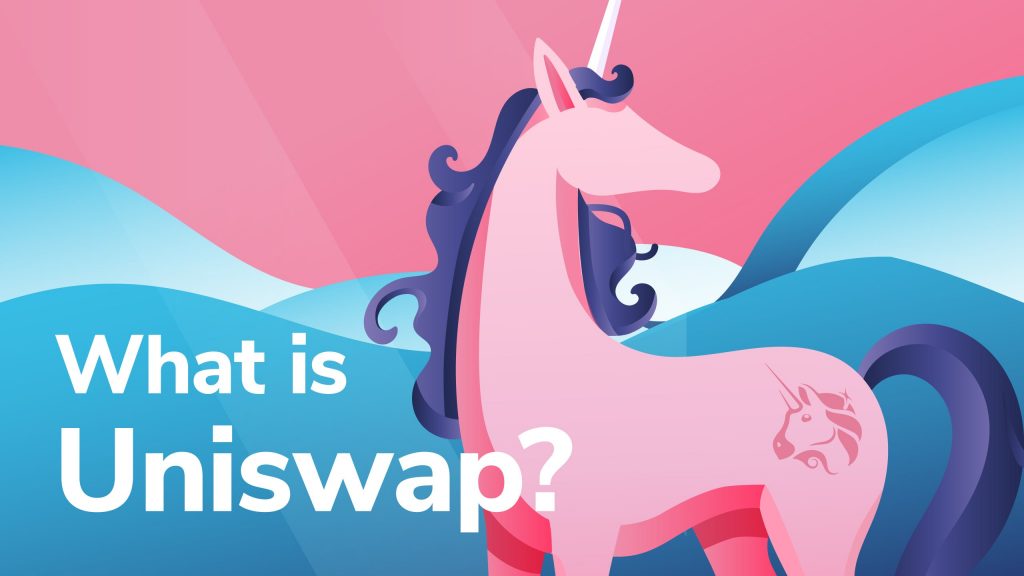
The role of the Custodian is to take custody and hold onto the Bitcoin that is being wrapped. Bitcoin is wrapped then held in a reserve by the BitGo Trust. And it’s the Custodian that does the minting and burning of WBTC. When users deposit Bitcoin, the Custodian takes custody, stores it, and mints the wrapped version.
The Custodian also burns WBTC tokens when users want their Bitcoin back. Institutions that both mint and burn WBTC tokens are responsible for maintaining the 1:1 ratio of WBTC to Bitcoin reserves.
Those of you who know DeFi will understand that the wrapped version of BTC is therefore unlike other DeF protocols. That’s because their process is neither trustless nor non-custodial. An institution will take custody of the user’s Bitcoin.
How to Get WBTC Tokens
As mentioned, WBTC is an ERC20 token. That means, once you have it, you can trade it like any other ERC-20 token on DEXs like Kyber or Uniswap. But first, you’ll need to swap BTC for WBTC. To do this, you can go through one of the Merchants like Dharma, Kyber, or Ren.
You can wrap Bitcoin and unwrap it fairly seamlessly with wallets like Coinlist. You will need two different wallets however since you can’t receive BTC in your Metamask wallet. That would need to be an ERC-20 token.

On the other side of the transaction, you’ll need to unwrap from inside your WBTC wallet. Just enter the amount you wish to swap back to Bitcoin. Once you confirm the unwrap function, you’ll receive the BTC in your Bitcoin wallet. Your WBTC wallet will be debited, and your Bitcoin wallet will receive the BTC.
What is WBTC Used For?
This is not financial advice, but If you’re heavily invested in Bitcoin you might want to put some of it to work in DeFi. Otherwise, it’s just collecting dust in your cold-storage wallet. So, instead of letting it sit idly, you can put it to work to earn interest.
However, if you decide to put it to work, you’ll face the aforementioned hassles of transferring your BTC from your wallet to an exchange, eating the slippage and trading fees, etc. So, instead, you might consider swapping it directly for some WBTC and quickly launch into the multifaceted opportunities that DeFi has to offer like lending, borrowing, and margin trading.
You could think of WBTC as a stablecoin if Bitcoin was stable. But since it isn’t, the best way to think about WBTC is that it is backed 1:1 with Bitcoin.
The Benefits of Wrapped Tokens
Although WBTC is not the only project bringing Bitcoin to Ethereum, their benefits are similar. The benefit of wrapped tokens, in general, is that they grant the owners of cryptocurrencies the ability to explore income making opportunities on other blockchains.
Let’s face it, the innovation happening with DeFi is over on Ethereum, not the Bitcoin blockchain. Wrapped tokens like WBTC help participants to bridge that wide chasm that previously seemed uncrossable to the Bitcoin crowd. And since WBTC’s launch, a lot of protocols have adopted its use so that borrowers can use it as a legitimate form of collateral.
For the health and longevity of the DeFi ecosystem, it’s important to broaden the types of collateral that can be used. With trading volumes increasing as well as the total value locked (TVL), transactions need to be executed quickly without the downside of significant fluctuations in price. Unfortunately, ERC-tokens used in DeFi can be more volatile than BTC and therefore might scare some Bitcoin hodlers off.
The Future of WBTC
The interest in WBTC is there. DeFi Pulse shows the TVL in WBTC has rocketed upwards since its inception and is pushing toward the $1.5 billion mark at the time of this writing.
And as far as the immediate future is concerned, the main use for WBTC appears to be that of providing more liquidity for DeFi. However, the future possibilities for WBTC may not be so much about use cases, but more about development.
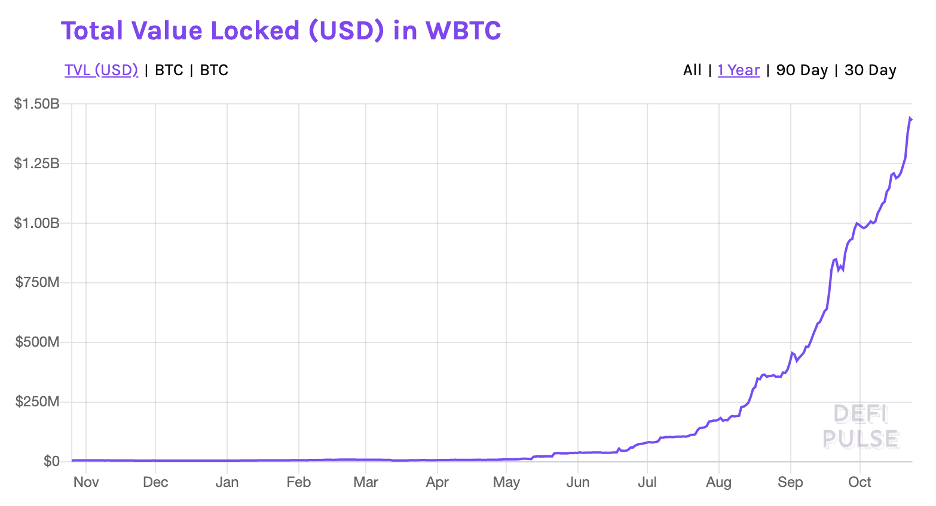
The whole DeFi framework is built on the Lego blocks type of structure. And WBTC provides yet another building block—especially with the Set Protocol. TokenSets already has products that can automatically trade between ETH and WBTC.
So, in the world of crypto, there have been many calling for a better bridge to be built between blockchains. And more connectivity and interoperability can only be a good thing for all of us.
Have you ever wanted to become a blockchain expert? Or have you ever thought about how to become a DeFi specialist? If so, be sure to explore the many possibilities available for you at Ivan on Tech Academy – your gateway to a world-class blockchain education!
Author: MindFrac




